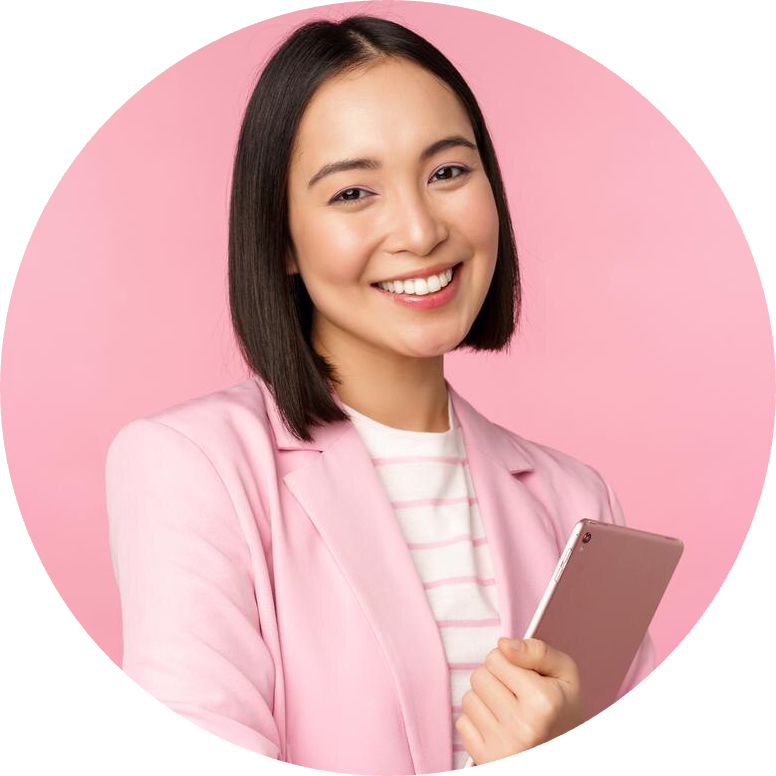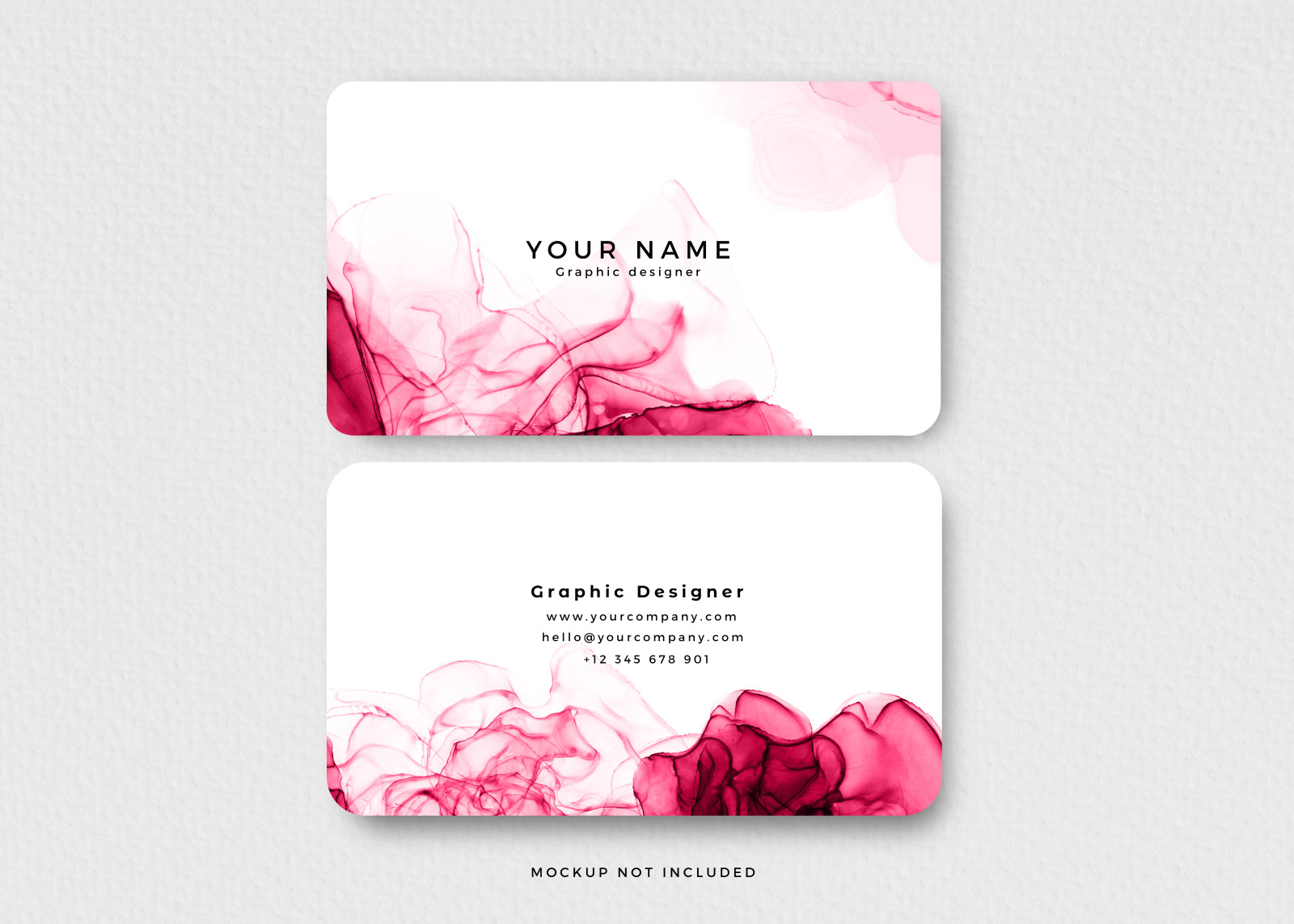In the competitive world of job searching, your resume is your first impression. It's the bridge that connects your professional story to potential employers. At the forefront of this crucial document is the resume header, a seemingly small but pivotal element that can set the tone for your entire application. In this guide, we delve deep into the art and science of crafting a resume header that not only captures attention but also positions you as the ideal candidate. Whether you're a seasoned professional or a fresh graduate, understanding the nuances of a well-designed resume header can significantly boost your chances of landing that dream job.

Understanding the Importance of a Strong Resume Header
A resume header might seem like a small detail, but in the realm of job hunting, it's a powerful tool. This compact section at the top of your resume is your first opportunity to make a strong impression on a hiring manager. A well-crafted header does more than just display your name and contact information; it sets the stage for your entire resume, reflecting your professionalism and attention to detail.
The importance of a strong resume header cannot be overstated. It's not just about making your resume look good; it's about ensuring your resume is seen in the first place. In today's digital age, many companies use Applicant Tracking Systems (ATS) to filter resumes before they even reach human eyes. A well-structured header with the right information ensures your resume passes through these systems effectively.
Furthermore, a strong header immediately conveys to the employer who you are and how to contact you, reducing any potential confusion and making their job easier. Remember, hiring managers sift through dozens, if not hundreds, of resumes. A clear, professional header ensures that your resume stands out in this crowded field.
In the upcoming sections, we'll guide you through the various elements of a resume header, from basic components to more advanced features, ensuring that your resume not only reaches the right hands but also makes a lasting impression.
Basic Elements of a Resume Header
The foundation of a strong resume header lies in its basic elements. These components are essential for any professional resume, ensuring that your key information is clearly presented and easily accessible.
Full Name and Professional Title
Start with your full name, prominently displayed, often in a larger font size than the rest of the header. Your name is your personal brand, so it should be the most noticeable element. Following your name, include your professional title. This title should reflect your current role or the role you're aspiring to. For instance, "Certified Public Accountant" or "Senior Marketing Manager."
Correct Example: Emily Johnson, MBA
Em Johnson - Aspiring Business Leader
Contact Information: Phone, Email, and LinkedIn
Your contact information should include up to three main items: your phone number, a professional email address, and optionally, your LinkedIn profile URL. Make sure your email address is professional, typically a variation of your name, and ensure your LinkedIn profile is updated and corresponds with your resume.
Address: To Include or Not?
While traditionally resumes included a full address, today it's enough to list your city and state. If you're applying for jobs in a different location, you might want to omit this information to avoid any location bias, or simply mention that you are open to relocation.
Correct Example:
San Francisco, CA | Open to Relocation
Incorrect Example:
Full Home Address with Zip Code
These basic elements form the core of your resume header, ensuring that any potential employer or recruiter has immediate access to your key information. In the next section, we'll explore more advanced components that can enhance your resume header further.
Advanced Header Components
Enhancing your resume header with advanced components can give you an edge in the job market. These elements are not always necessary, but they can add value and personality to your resume, making it stand out in a sea of standard formats.
Adding a Professional Photo: Pros and Cons
In some countries and industries, including a professional photo on your resume is common practice, while in others, it's discouraged due to anti-discrimination laws. If you choose to include a photo, ensure it's a professional headshot that reflects the norms of your industry.
Correct Example:
A clear, professional headshot in business attire.
Incorrect Example:
A casual or party photo, or a selfie.
Linking to a Personal Website or Portfolio
For many professionals, especially in creative, technical, or academic fields, a personal website or portfolio can be a significant asset. Include a link to your website if it showcases your work, projects, or publications that are relevant to your job application.
Incorporating Social Media Profiles
While LinkedIn is generally accepted as a professional networking site, be cautious with including other social media profiles like Twitter or Instagram, unless they are professionally relevant and add value to your application.
Correct Example:
Including a Twitter handle that you use for professional networking and industry discussions.
Incorrect Example:
Adding a Facebook profile where you primarily share personal content.
These advanced components can provide a more comprehensive view of your professional persona and capabilities. They should be used judiciously to enhance, not detract from, your professional image. In the next section, we will explore the design and aesthetic elements of the resume header to ensure it looks as good as it reads.
Design and Aesthetics of a Resume Header
The design and aesthetic of your resume header play a crucial role in making a positive first impression. A visually appealing header can draw the hiring manager's attention and set the tone for the rest of your resume. Here, we discuss how to balance creativity with professionalism in your resume header design.
Choosing the Right Font and Size
Select a font that is easy to read and professional. Classic fonts like Arial, Times New Roman, or Calibri are safe choices. Your name should be in a larger font size than the rest of the header to stand out, but avoid going overboard with excessively large fonts.
Correct Example:
Name in 14-16pt font, rest of the header in 11-12pt.
Incorrect Example:
Using overly decorative or script fonts that are hard to read.
Color Schemes for Maximum Impact
Adding a touch of color to your resume header can make it visually appealing, but it's important to use color sparingly and strategically. Stick to one or two colors that are not too bright and complement each other. Ensure that the color scheme aligns with the overall professionalism of your resume.
Correct Example:
Subtle shades like navy blue, dark green, or maroon.
Incorrect Example:
Bright neon colors or a rainbow palette.
Balancing Creativity with Professionalism
While it's important to have a visually appealing resume, remember that the primary purpose of your resume is to communicate your professional qualifications. Any design elements should enhance, not overshadow, this goal. If you're in a creative field, you have more leeway with design, but always prioritize readability and professionalism.
The design and aesthetic choices in your resume header are not just about decoration; they are an integral part of your professional branding. In the next section, we will provide industry-specific header examples to inspire you and help tailor your resume to your field.
Industry-Specific Header Examples
Tailoring your resume header to your industry can further enhance its effectiveness. Different sectors have varying norms and expectations when it comes to resume presentation. Let's explore how you can customize your resume header for three broad industry categories: creative industries, corporate sector, and technical fields.
Creative Industries: Graphics and Personal Branding
In creative industries like graphic design, advertising, or fashion, your resume header is an opportunity to showcase your personal brand and design skills. Utilize unique fonts (while keeping them readable) and incorporate design elements or a color scheme that reflects your personal style and the creative nature of your work.
Graphic Designer Resume Header:
Mia Chen, Graphic Designer
www.miachenportfolio.com
mia.chen@gmail.com
555-123-4567
A sleek header with a personalized logo and a subtle color palette that reflects Mia's design style.
Corporate Sector: Elegance and Simplicity
For the corporate sector, including fields like finance, law, or business management, professionalism and clarity are key. Opt for a clean, straightforward design with minimal embellishments. Use traditional fonts and a simple color scheme, focusing on legibility and elegance.
Finance Manager Resume Header:
John Smith, MBA, Certified Financial Manager
johnsmith@gmail.com
LinkedIn: johnsmith-finance
555-987-6543
A simple and elegant header with clear, easy-to-read fonts and a professional layout.
Technical Fields: Clarity and Precision
In technical fields such as engineering, IT, or data science, the focus should be on clarity and precision. A straightforward, no-nonsense design is preferable. Consider including links to technical portfolios or professional networks like GitHub for IT professionals.
Software Developer Resume Header:
Alex Johnson, Senior Software Developer
alex.johnson@gmail.com | GitHub: AlexDevHub
555-246-8523
A clean, uncluttered header that includes essential contact information and a link to Alex's GitHub profile.
Your resume header should reflect not only your personal brand but also the expectations of your industry. In the next section, we'll discuss how to make your resume header stand out, ensuring it catches the eye of recruiters and hiring managers.
Making Your Header Stand Out
Creating a resume header that stands out is crucial in a competitive job market. It's not just about having a visually appealing header, but also about ensuring it contains the right elements to make a memorable and positive impression. Here are strategies to make your resume header more impactful.
Unique Additions That Catch the Eye
Consider adding unique elements that align with your professional brand. This could be a subtle graphic element, a personal logo, or a distinctive yet professional font for your name. Ensure these additions enhance the header's professionalism rather than detract from it.
Distinctive Header Example:
Jordan Lee, Digital Marketing Specialist
Incorporating a small, professional digital logo next to the name that reflects Jordan's expertise in digital marketing.
Keywords and Phrases for SEO Optimization
Incorporate industry-specific keywords and phrases in your header, especially if they're likely to be used by recruiters in search queries. This is particularly important for fields where technical skills or certifications are crucial.
Tailoring Your Header to Job Descriptions
Customize your resume header for each job application. Align your professional title or add specific skills or certifications that are highly relevant to the job description. This shows that you have tailored your resume specifically for the role.
Tailored Header for a Project Manager Role:
Amanda Kwok, PMP, Agile Certified Practitioner
amandakwok@gmail.com | 555-321-9876
Including certifications (PMP, Agile) in the header immediately highlights Amanda's relevant qualifications for a project management role.
A standout resume header is your ticket to making a lasting impression in just a few seconds. By thoughtfully crafting this section, you can significantly increase your chances of catching a recruiter's eye. In the next section, we'll discuss common mistakes in resume headers and how to avoid them.
Common Mistakes and How to Avoid Them
Even the most well-intentioned resume headers can fall short if common pitfalls are not avoided. Being aware of these mistakes and knowing how to steer clear of them can make a significant difference in how your resume is perceived.
Overloading Information
A cluttered header with too much information can overwhelm the reader and detract from the key details. Keep your header concise and focused on the most important information: your name, professional title, and contact details.
Incorrect Example:
Including every social media handle, multiple phone numbers, and an overly detailed address.
Inappropriate Design Choices
While creativity can be a plus, especially in certain industries, inappropriate design choices can be detrimental. Avoid overly flashy fonts, garish colors, or graphics that make the text difficult to read. Remember, professionalism should always be at the forefront.
Incorrect Example:
Using neon colors, comic fonts, or an overly ornate design that distracts from the content.
Outdated Contact Details
Ensure that all the information in your header is current and professional. An outdated email address or an old phone number can result in missed opportunities.
In the next section, we delve into the nuances of digital resume headers, exploring how to adapt headers for online platforms and ensuring compatibility with ATS systems.
The Digital Resume Header
In today's digital-driven job market, your resume is often first viewed on a screen, making the digital presentation of your header critically important. Here's how to optimize your resume header for digital formats and ensure it works well with Applicant Tracking Systems (ATS).
Adapting Headers for Online Platforms
When creating a resume for online platforms, consider how your header will appear on different devices. Keep the design simple and scalable, ensuring it looks good on both large screens and mobile devices. Use standard fonts and formats that are compatible with a wide range of software.
Email Headers vs. Document Headers
If you're emailing your resume, your email itself acts as a sort of header. Ensure that your email subject line is clear and professional, and include a brief, polite message in the body of the email with your resume attached.
Email Subject Line for Resume Submission:
Application for Graphic Designer Position - [Your Name]
Ensuring Compatibility with ATS Systems
Many companies use ATS systems to scan resumes for relevant keywords and experience. To make sure your resume header is ATS-friendly, use a simple, straightforward format and include relevant keywords from the job description.
Crafting a resume header that is both visually appealing and functional in a digital format is key to ensuring your resume makes the right first impression. In the next section, we will look at real-world examples to analyze what makes a successful resume header.
Real-World Examples and Analysis
Examining real-world examples of successful resume headers can provide valuable insights into what makes them effective. Let's analyze a few examples to understand better what recruiters and hiring managers look for in a resume header.
Analyzing Successful Resume Headers
A successful resume header instantly communicates the candidate's name, professional title, and contact information in a clear, concise manner. It should be visually distinct from the rest of the resume to draw the reader's eye but not so elaborate that it distracts from the content.
Effective Resume Header:
Emma Thompson, Senior Marketing Manager
emma.thompson@email.com
555-123-4567
LinkedIn: EmmaThompsonMarketing
A clean, straightforward design with easily readable fonts and a simple color scheme.
What Recruiters Look for in a Header
Recruiters typically scan a resume for a few seconds, so a header should immediately offer them the information they need. They look for:
-
Name and Professional Title: To quickly understand who you are and what you do.
-
Contact Information: To easily reach out to you for further steps.
-
Professionalism: A well-designed header suggests attention to detail and professionalism.
In the next section, we'll address some frequently asked questions (FAQs) about resume headers, providing clear, concise answers to common queries.

FAQs: Navigating Resume Header Queries
When crafting a resume header, applicants often have several questions about best practices and effective strategies. Let's address some of the most frequently asked questions to clarify any uncertainties.
Should I include a headline or summary in my resume header?
While a headline or summary is not typically part of the header, it can be placed immediately below it. This section is optional but can be valuable, especially if it succinctly highlights your key qualifications and career goals.
Effective Resume Summary:
Experienced Digital Marketing Specialist with a proven track record in increasing online presence and brand awareness for Fortune 500 companies.
How can I make my resume header stand out without being too flashy?
Focus on a clean, professional layout with a touch of individuality. This could be through a subtle use of color, a unique font for your name, or the inclusion of a professional logo. Remember, the goal is to be memorable while maintaining professionalism.
What's the best way to format a two-page resume header?
Ensure consistency by repeating your header on the second page. This helps maintain your personal branding and makes it easier for the reader to remember key information.
How important is a LinkedIn profile link in my resume header?
A LinkedIn profile can be a significant asset in your job search, offering more depth than a resume. Include a link to a well-maintained and complete LinkedIn profile in your header, especially if the platform is widely used in your industry.
Can a creative resume header help in a non-creative job application?
Even in non-creative fields, a well-designed header can demonstrate your professionalism and attention to detail. Keep the creativity subtle and aligned with the norms of your industry.
With these FAQs addressed, we hope you feel more confident and prepared to craft an effective and professional resume header. This comprehensive guide aims to empower you to create a resume header that not only stands out but also aligns perfectly with your professional identity and the requirements of your industry.
Recommended Reading






